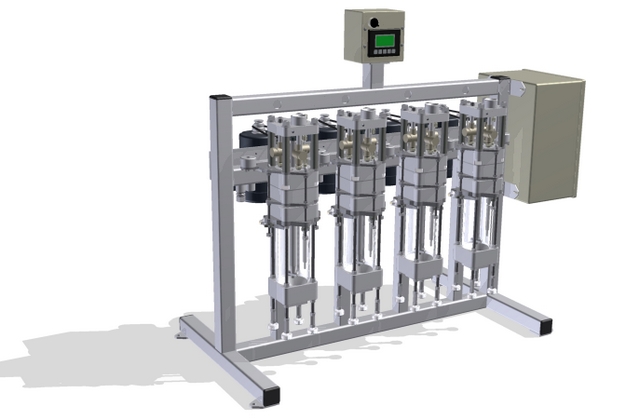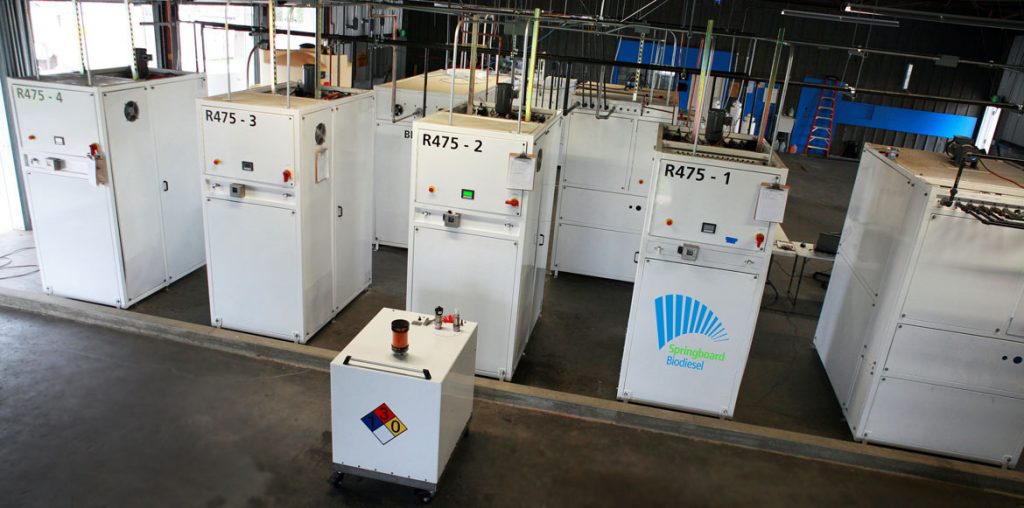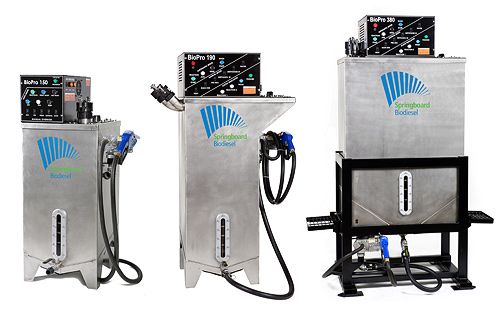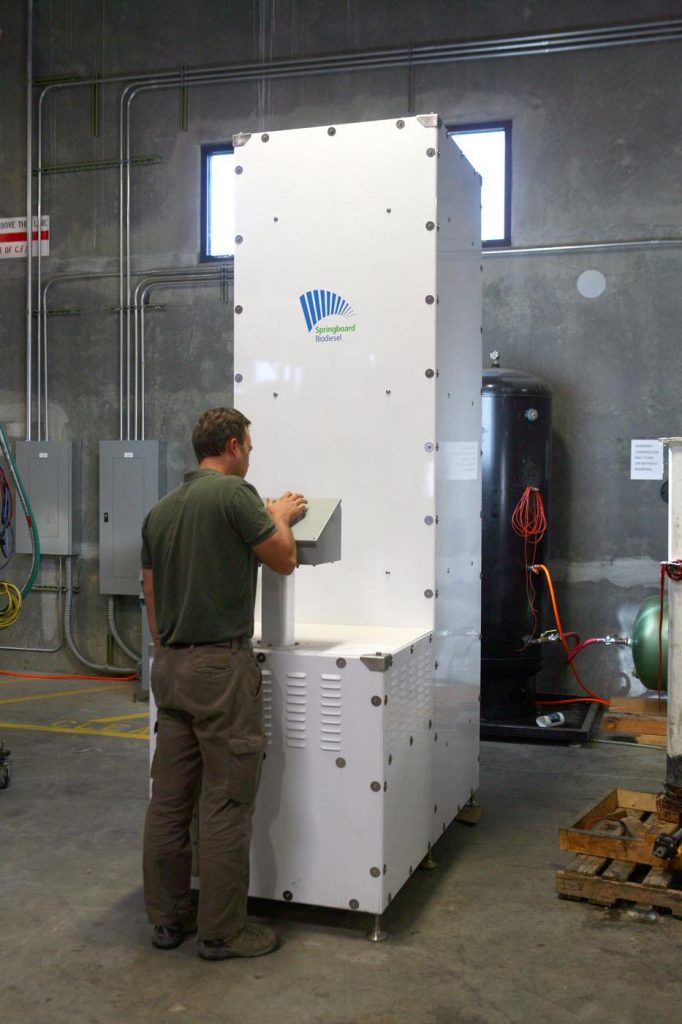Designing effective, reliable, and safe machines brings together a wide array of engineering disciplines:

-
Support structures must be sized to handle static and dynamic loads.
- Vibration and resonance may need to be predicted and accounted for.
- The right materials must be selected to withstand chemicals, heat, UV, abrasion, etc.
- Often, heat transfer calculations are critical in sizing heat exchangers, condensers, pumps, and heaters.
- Design involving compressors, vacuum systems, boilers and chillers demands expertise in thermodynamics.
- Drive systems must be analyzed to predict the lifespans of bearings and other components.
- Instrumentation may be necessary for data collection.
- Most modern machinery requires some level of automation.
- The design must be economical, using common materials, components, and manufacturing processes wherever possible.
- Proper fits and tolerances, often including GD&T, need to be determined.
- Ergonomics is a necessary consideration for any machine that has an operator.
- Aesthetics may be important.
- Safety must not be overlooked on any machine.
Here are a few more examples of machines I’ve designed, some of which involved all of these disciplines:
CLL Biodiesel Production System

I was the head engineer on this project. The CLL produces 1000 gallons per day of ASTM D6751-compliant biodiesel from used cooking grease. It can run lights-out. It recycles portions of the waste streams, and refines and converts the remainder to valuable bulk chemicals and innocuous solid waste. The CLL can use a wider range of fats and oils than most biodiesel production systems, and its modular configuration allows a biodiesel production facility to gradually add capacity, as needed.
BioPro Biodiesel Processors

AGR Energy, which I was a founding member of, released the BioPro 190 in 2005, followed not long after by the larger BioPro 380 and the smaller BioPro 150. I was the principal engineer for each of these machines. The BioPro machines are designed for consumers and small businesses. The BioPro 190 was named one of the Top 10 New Products of 2006 at the World Ag Expo and was featured on the cover of the Gaiam/Realgoods catalog that same year. After Springboard Biodiesel bought AGR Energy in 2008, they sold over 1,000 units to customers all over the world. BioPro processors can be found on every continent except Antarctica. As of 2015, several customers had reporting making over 50,000 gallons of biodiesel in their BioPros. Here is a brief video on how these machines work:
Biodiesel and Glycerin Demethylation System

Springboard Biodiesel’s Demethylation Group is the only small-scale equipment of its kind. It extracts and recovers methanol from raw biodiesel and from the glycerin phase by-product. In so doing, it reduces the biodiesel’s methanol content to within ASTM’s specification. It also saponifies oils captured in the glycerin phase, converting this phase from hazardous, liquid waste to non-hazardous, solid waste. Usually, only biodiesel production systems an order-of-magnitude larger have this technology. I was the head engineer for all of these machines. Here is a brief video that describes what they do:
Lamothen Methanol Purifier

The methanol that the Biodiesel Demethylation Group recovers is contaminated with water and other substances, and is about 80% pure. Efficient biodiesel production requires methanol that is at least 99.8% pure. The Lamothen Methanol Purifier uses fractional distillation to refine this contaminated methanol and surpass this purity requirement. It is fully automated, and can work round the clock without any intervention from an operator. I was the head engineer in the design and development of this machine.